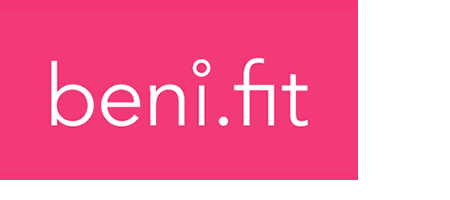CEOs today need to think differently about benefits than they have in the past. Why? Because the way a CEO handles benefits and overall employee well-being has a direct impact on a company’s bottom line and how well its business can run.
A new workplace culture is emerging. Millennials have surpassed Gen Y and Baby Boomers as the largest represented generation in the workforce. Employees are no longer looking for just a job, paycheck and a desk – today’s workforce demands an all-encompassing approach to benefits and wellness.
Identifying the full 360 of well-being is imperative to attracting and retaining top talent. For an employee-base that’s charged and productive at work, these are 5 thought-provoking questions CEOs should be asking themselves about employee benefits.
Have we developed a long-term benefits and wellbeing strategy? Or are we managing on a year to year basis?
Benefits are traditionally the second or third largest line item for a company, yet many CEOs and executives are not engaged in the long-term planning of employee benefits and wellness. While the majority of CEOs manage benefit plans on a year to year basis, this approach is a detriment to an organization’s bottom line and its ability to retain top talent. Developing a long-term benefit plan means that CEOs can effectively forecast their cost, as well as strengthen their talent acquisition strategy.
Have we identified key metrics and data points that help focus on areas of opportunity?
You can’t manage what you don’t manage. Many companies that regulate benefits on a year to year basis don’t understand trends on how to develop education and communication programs for their employees. CEOs think they are giving their employees the best benefits, when in reality these benefits might not be fitting their needs, and could be putting companies deeper in a hole from a cost standpoint. Keeping track of key metrics related to benefits is necessary for business growth.
Are HR, benefits and well-being a vital part of our organization’s DNA?
If you’re not asking this question, you need to. Many companies still view HR as a disciplinary position, not as an integral part of their business. As traditional benefits are replaced with a holistic approach to wellness, appreciating the importance of integrating HR, benefits and wellness into your organization’s DNA is necessary for attracting and retaining talent.
Is there an understanding of the benefits and well-being my employees value most and a strategy designed around this?
Rounding out your benefits plan starts with understanding what’s valuable to your employees. The workforce is changing, and millennials aren’t just after a paycheck or the best medical plan, they want resources to improve themselves professionally and personally. Allow and encourage employees to have a voice in shaping a company benefit offering. Your bottom line will thank you for it.
Are we providing our people with the tools, resources, support and information to become proactive and better consumers in their health and well-being?
Many employees don’t understand their benefits and the choices they have. Healthcare isn’t like shopping for TVs, where it’s easy to compare prices and go with the best offer. As healthcare options become more transparent, there are going to be a lot of solutions that empower individuals to become better consumers and take control of their healthcare. Instead of enforcing wellness programs, companies should offer a multitude of resources and let individuals craft their own journey for self improvement.
If you’re not laying out a long-term benefits strategy, you’re not going to build sustainability in your organization. Connect a commitment to people and their well-being with business goals.
Ready to reimagine benefits with us? Let’s get started.


